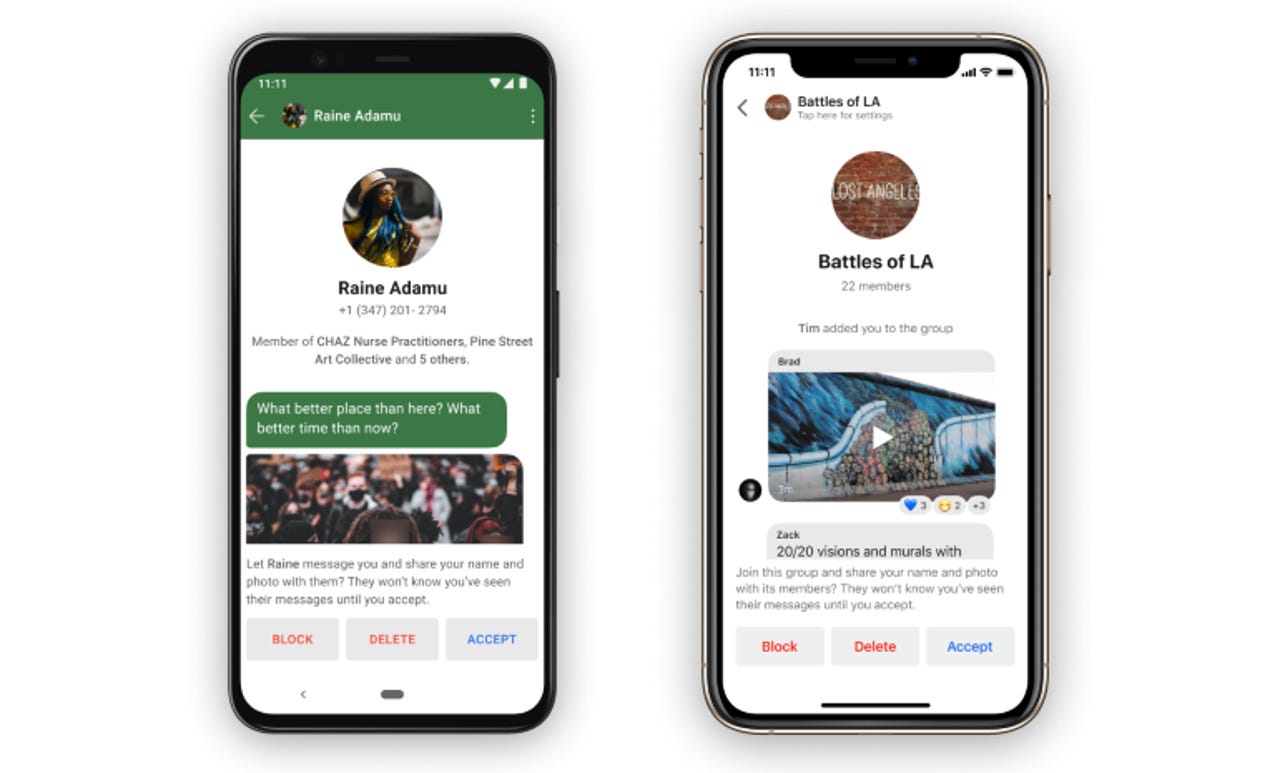Signal adds message requests to stop spam and protect user privacy


Secure instant messaging app Signal has rolled out a new feature called Message Requests that lets users approve or block who can contact them via text or voice call, or when they can be added to group chats.
With Signal adoption growing in recent years due to its reputation as a secure communications channel with robust end-to-end encryption (E2EE), the app is bound to see its fair share of spammers in the coming future.
The new Message Requests feature works by prompting users before a new conversation is started — similarly to prompts seen in Facebook Messenger.
Users can block, delete, or accept new messages based on the sender's number, profile information, avatar, or initial message.
Blocked users won't be able to see when they've been blocked, and Signal says Message Requests won't be shown for users who are already in another user's contacts list.
The new message request prompts will not only appear for text messages, but also for voice calls initiated by unknown users.
Further, the new Message Requests feature also blocks unknown users from adding others to group chats, a tactic that has been common with spammers across rival instant messaging applications and is bound to make its way inside Signal as well.
This new feature is not available by default for all users, but only for those who configure a Signal profile -- by adding a name/nickname and an avatar in the app's settings section. Once users have a profile in place, the Message Requests feature will become active.
The new Message Requests feature has been under testing earlier this year, was formally announced yesterday and is currently being rolled out in multiple phases to the app's entire userbase.
Earlier this year, Signal also announced plans to move away from using phone numbers as user IDs, and also rolled out profile PINs as a way to sync user contact lists when migrating between devices.